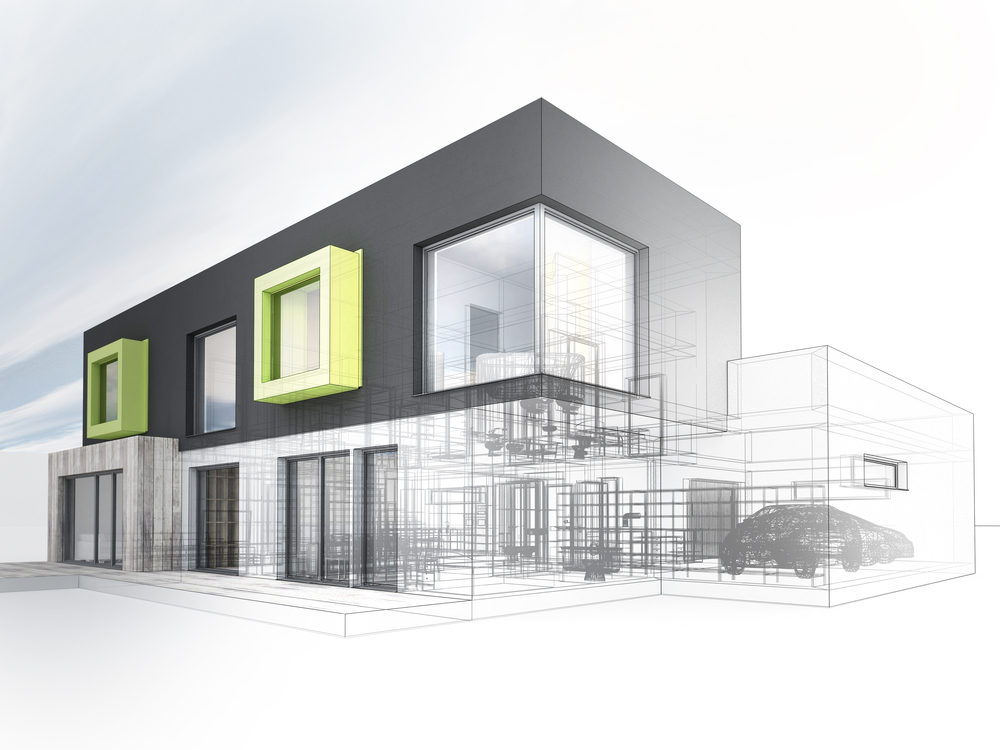How failing to prefabricate can lead to overall construction failure.

Byzantine operational techniques. Diminishing labor forces. Negative environmental effects. These are just a few challenges that construction, mechanical and electrical contractors must work against on a daily basis in order to complete projects productively and efficiently. So it is no wonder why business owners and contractors alike are implementing prefabrication, the process of manufacturing materials and structures for construction anywhere except for on-site. In fact, according to a recent study, 72% of contractors surveyed said that the use of prefabricated construction processes decreased project schedules by more than a week, and 37% stated it reduced the schedule by 4 weeks or more. And this is no surprise, considering the benefits of utilizing prefabrication that include: cost-effectiveness, improved safety, time savings, and a lower environmental impact. Overall, prefabrication benefits everyone involved in the process- company, contractors and clients- when time is of the essence. And every penny counts.
Prefabrication is cost-effective. While walls are still being built and floors are being poured, pre-planning allows for electrical rough-in items to be fabricated, boxed, labeled and palatalized. This saves money by speeding up time-sensitive dates and reduces labor costs. Additionally, vendors should be contacted early in the process to help guarantee the timeliness of deliverable materials; identify missing and broken parts; remove and dispose of packing materials and ensure any fixtures are ready for installation. And the cost-effectiveness is evident in the money saved during otherwise non-productive time.
Prefabrication also improves safety, lowers the impact on the environment and speeds up the construction process. By curtailing the amount of time spent constructing, the less amount of time the project is left unattended, thus reducing vandalism and onsite theft. Since the prefabricated materials arrive to the site already assembled, the construction of the project will be implemented faster, thus reducing a large amount of safety concerns. The process of prefabrication also lowers the impact on the environment. By utilizing off-site, climate controlled facilities, the consistent indoor environments of factories limits exposure to weather, reduces pollution, controls water usage and allow for scrap materials to be adequately recycled. And prefabrication saves time. By building with pre-assembled materials, installation schedules are accelerated, and the overall project time is greatly reduced.
And while saving time and money is the ultimate goal of building with prefabricated materials, it is crucial to work with a solid, experienced, reputable company with prime capabilities in the area of prefabrication. Enter: TEI Electrical Solutions (TEI), a customer-oriented, results-driven electrical contracting firm. Our specialty team of prefabrication experts will save you time; cut your labor costs; increase quality control; reduce on-site storage and ensure the safety of your building site. With quicker installation and minimal disruption to on-going operations, TEI not only meets, but exceeds project schedules with confidence and success.
With over 25 years of General and Electrical Construction experience for our senior staff members, TEI has successfully managed the construction of diverse projects in all areas of facility construction including: demolition, renovation, modification and new construction. Call us today to get your project started. We look forward to working with you!
Did you know…
The process of prefabrication has been around for a long time. First seen in England in 3807 BC, the Sweet Track, perhaps the world’s oldest known engineered roadway, brought prefabricated sections of timber to the construction site to save time and maximize labor.